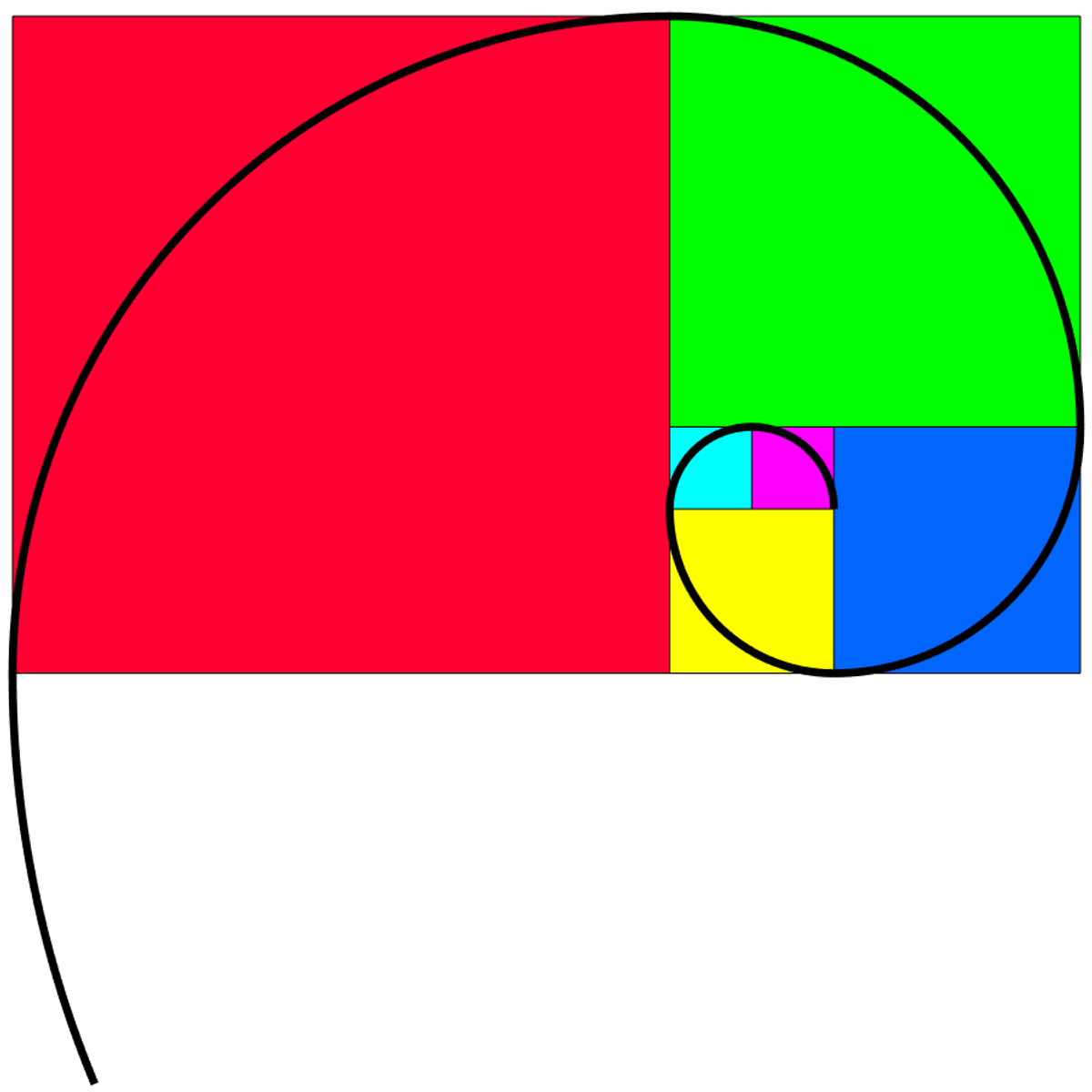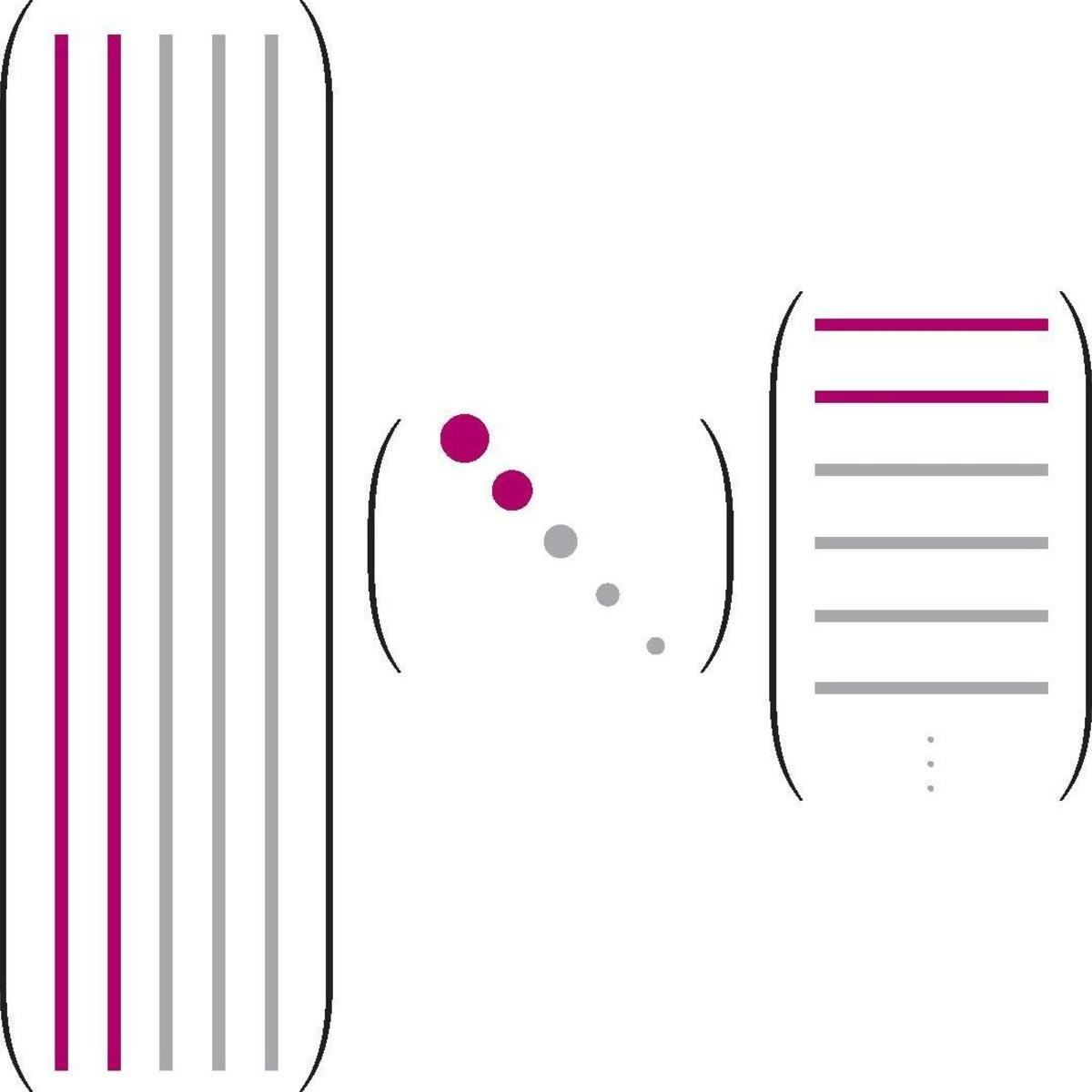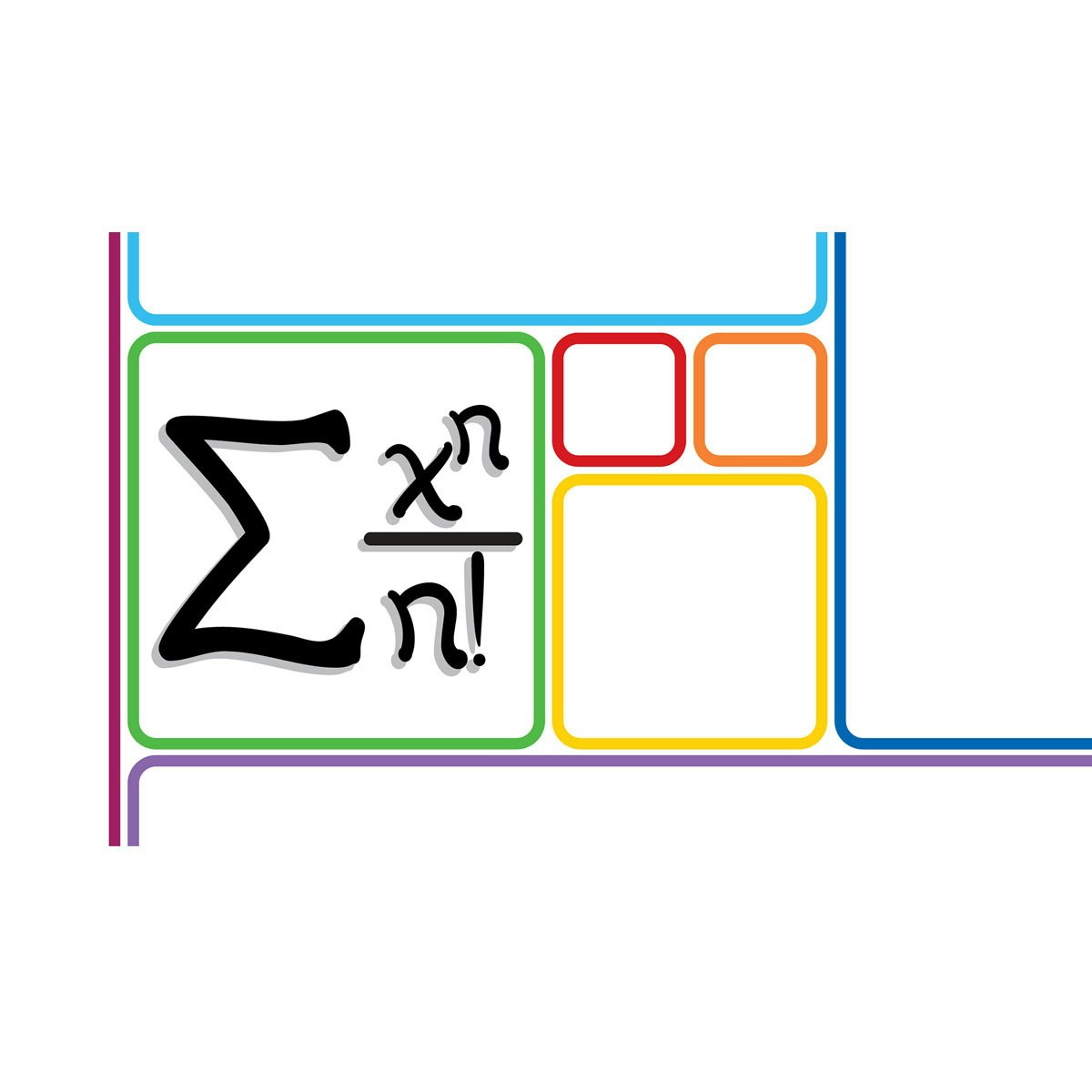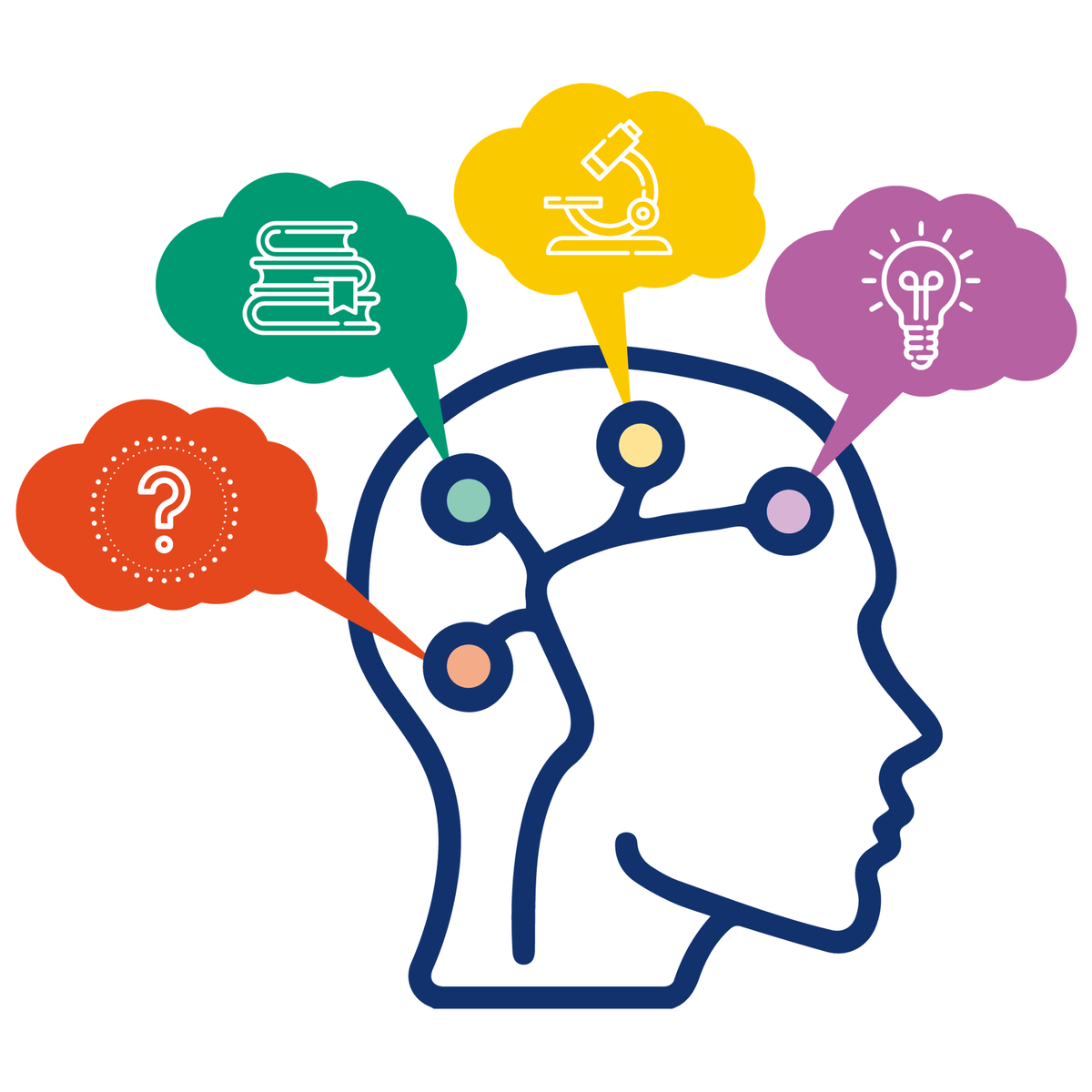Back to Courses









Math And Logic Courses - Page 5
Showing results 41-50 of 148

Introduction to Time Value of Money (TVM)
The strength of finance is that it takes a structured approach to decision making, with one key building block underlying all decisions — understanding the value of time, or the Time Value of Money (TVM). In this course, we will develop this building block using introductory, and simple, applications. We will learn about the Time Value of Money (TVM), Simple Future Value (FV) , Simple Present Value (PV) , Future Value of Annuity, Loans, compounding, and Valuing Perpetuities. We will introduce the framework in a carefully structured and replicable way to prepare you to explore more advanced applications in the rest of the specialization. In the follow-on courses, we will expand the applications to more complex real-world decisions.
After completing this course, you will have an understanding of how the value of money changes over time. You will understand the implications of all your financial decisions, including saving for the future through different channels and borrowing for future needs. You will leave with the practical knowledge needed to make informed decisions on a wide range of financial decisions.
This course is part of the four-course Foundational Finance for Strategic Decision Making Specialization.

Introduction to Linear Algebra and Python
This course is the first of a series that is designed for beginners who want to learn how to apply basic data science concepts to real-world problems. You might be a student who is considering pursuing a career in data science and wanting to learn more, or you might be a business professional who wants to apply some data science principles to your work. Or, you might simply be a curious, lifelong learner intrigued by the powerful tools that data science and math provides. Regardless of your motivation, we’ll provide you with the support and information you need to get started.
In this course, we'll cover the fundamentals of linear algebra, including systems of linear equations, matrix operations, and vector equations. Whether you’ve learned some of these concepts before and are looking for a refresher or you’re brand new to the ideas we’ll cover, you’ll find the materials to support you. Let's get started!

Manipulating basic laws of mechanics using wolfram notebook
Mechanics is one the most important subject in physics. You will learn many concepts and key points under mechanics title those will also be used in other subjects of physics. Mechanics can be defined as the behavior of the particle under any effects. It can be studied under main two topics which are kinematics concerning the motion of the particle and dynamics concerning the causes of motion. Kinematics is one of the two branches of mechanics. It deals with the motion of particles not the causes of the motion. Motion in one dimension in other words linear motion and projectile motion are the subtitles of kinematics they are also called as 1D and 2D kinematics. Dynamics deal with the causes of motion. What makes objects move is our primary concern. Moreover, we give Newton’s law of motion and try to explain causes of motion with these laws. Let’s begin with concepts one by one that will help us in analyzing motion.
In this 1-hour long project-based course, you will be able to- analyze the variables that affect Force as a function, compute newtons second law of motion, Compute the motion of block on an inclined plane, Compute torque, analyze the variables that affect momentum of a body and calculate centripetal acceleration of a body on a circular path.

Combinatorics and Probability
Counting is one of the basic mathematically related tasks we encounter on a day to day basis. The main question here is the following. If we need to count something, can we do anything better than just counting all objects one by one? Do we need to create a list of all phone numbers to ensure that there are enough phone numbers for everyone? Is there a way to tell that our algorithm will run in a reasonable time before implementing and actually running it? All these questions are addressed by a mathematical field called Combinatorics.
In this online course we discuss most standard combinatorial settings that can help to answer questions of this type. We will especially concentrate on developing the ability to distinguish these settings in real life and algorithmic problems. This will help the learner to actually implement new knowledge. Apart from that we will discuss recursive technique for counting that is important for algorithmic implementations.
One of the main ‘consumers’ of Combinatorics is Probability Theory. This area is connected with numerous sides of life, on one hand being an important concept in everyday life and on the other hand being an indispensable tool in such modern and important fields as Statistics and Machine Learning. In this course we will concentrate on providing the working knowledge of basics of probability and a good intuition in this area. The practice shows that such an intuition is not easy to develop.
In the end of the course we will create a program that successfully plays a tricky and very counterintuitive dice game.
As prerequisites we assume only basic math (e.g., we expect you to know what is a square or how to add fractions), basic programming in python (functions, loops, recursion), common sense and curiosity. Our intended audience are all people that work or plan to work in IT, starting from motivated high school students.

Cryptography and Information Theory
Welcome to Cryptography and Information Theory!
This course combines cryptography (the techniques for protecting information from unauthorized access) and information theory (the study of information coding and transfer). More specifically, the course studies cryptography from the information-theoretical perspectives and discuss the concepts such as entropy and the attacker knowledge capabilities, e.g., Kerckhoff's Principle. It also contrasts information-theoretic security and computational security to highlight the different train of thoughts that drive the cryptographic algorithmic construction and the security analyses.
This course is a part of the Applied Cryptography specialization.

Fibonacci Numbers and the Golden Ratio
Learn the mathematics behind the Fibonacci numbers, the golden ratio, and how they are related. These topics are not usually taught in a typical math curriculum, yet contain many fascinating results that are still accessible to an advanced high school student.
The course culminates in an explanation of why the Fibonacci numbers appear unexpectedly in nature, such as the number of spirals in the head of a sunflower.
Download the lecture notes:
https://www.math.ust.hk/~machas/fibonacci.pdf
Watch the promotional video:
https://youtu.be/VWXeDFyB1hc

Algebra: Elementary to Advanced - Polynomials and Roots
This course is the final course in a three part algebra sequence, In this course, students extend their knowledge of more advanced functions, and apply and model them using both algebraic and geometric techniques. This course enables students to make logical deductions and arrive at reasonable conclusions. Such skills are crucial in today's world. Knowing how to analyze quantitative information for the purpose of making decisions, judgments, and predictions is essential for understanding many important social and political issues. Quantitative Skills and Reasoning provides students the skills needed for evaluating such quantitatively-based arguments.
This class is important as the mathematical ideas it treats and the mathematical language and symbolic manipulation it uses to express those ideas are essential for students who will progress to calculus, statistics, or data science.

Matrix Methods
Mathematical Matrix Methods lie at the root of most methods of machine learning and data analysis of tabular data. Learn the basics of Matrix Methods, including matrix-matrix multiplication, solving linear equations, orthogonality, and best least squares approximation. Discover the Singular Value Decomposition that plays a fundamental role in dimensionality reduction, Principal Component Analysis, and noise reduction. Optional examples using Python are used to illustrate the concepts and allow the learner to experiment with the algorithms.

Single Variable Calculus
Calculus is one of the grandest achievements of human thought, explaining everything from planetary orbits to the optimal size of a city to the periodicity of a heartbeat. This brisk course covers the core ideas of single-variable Calculus with emphases on conceptual understanding and applications. The course is ideal for students beginning in the engineering, physical, and social sciences. Distinguishing features of the course include: 1) the introduction and use of Taylor series and approximations from the beginning; 2) a novel synthesis of discrete and continuous forms of Calculus; 3) an emphasis on the conceptual over the computational; and 4) a clear, dynamic, unified approach.
In this fifth part--part five of five--we cover a calculus for sequences, numerical methods, series and convergence tests, power and Taylor series, and conclude the course with a final exam. Learners in this course can earn a certificate in the series by signing up for Coursera's verified certificate program and passing the series' final exam.

Uncertainty and Research
This course teaches the fundamentals of scientific research. We approach the research process as a means of systematically reducing uncertainty and demonstrate how conducting a scientific investigation can be posed as an exercise in Bayesian uncertainty quantification. We begin by exploring the scientific landscape to understand the different types of research, where they are conducted, how they are supported, and why each of these types of research is important. We then formalize scientific inquiry and the scientific method and elaborate the research process and its scientific merits. Basic concepts in probability theory are introduced leading to a conceptually simple presentation of Bayes’ Rule. We then illustrate how Bayes’ Rule provides a mathematical framework for the research process. We place an emphasis on the role that research plays in our daily and professional lives and how research skills can help us think critically, whether you’re in a technical field or not. Exercises are designed to help you improve your research skills and think more scientifically.
Learners who are new to research fields or would like to improve their research skills in any field for career/professional or personal growth are encouraged to enroll. The course is taught at an introductory level such that, by the end of the course, you will be able to formulate a research hypothesis and devise a scientific research plan to test that hypothesis. To be successful in this course, you will need entrance-level college mathematics.
Popular Internships and Jobs by Categories
Find Jobs & Internships
Browse
© 2024 BoostGrad | All rights reserved